
Head over to Hackaday Prize 2016 https://hackaday.io/prize and submit your projects before the latest deadline is over.
They are offering as an incentive $1 Dollar/like to get your project seeded and on its way. (up to a max of $200/hacker).
My Entry is already on the tracks :-
ESPeedo an ESP8266 Bicycle "Power" Sensor https://hackaday.io/project/10530-espeedo-an-esp8266-bicycle-power-sensor so likes are more than appreciated.
Updates are posted on my Twitter account https://twitter.com/chiprobot00/status/718791227051782145
Post below if you also have an entry and we can promote more MRL hackers HAD projects.
(my last soiree with the hackaday 2014 earned me 2 teeshirts and a load of HAD stickers)
Best Regards Gareth

I have been wanting to create a Bicycle computer for a while now......sooo....
(of interest to all InMoov'ies out there is the Load Cell circuit I will be using to detect flexion and extension)
My Basic system requirements in this order :-
- Speed + max Speed + Average Speed
- Distance + accumulative distance (yearly)
- Cadence (pedal rotation counter)
- Power Meter (load cells on crank arm)
- Heart-rate.
- Wireless Web logging
Component BOM list :-
-
ESP8266 Wifi active (chosen for small form factor and ease of remote access)
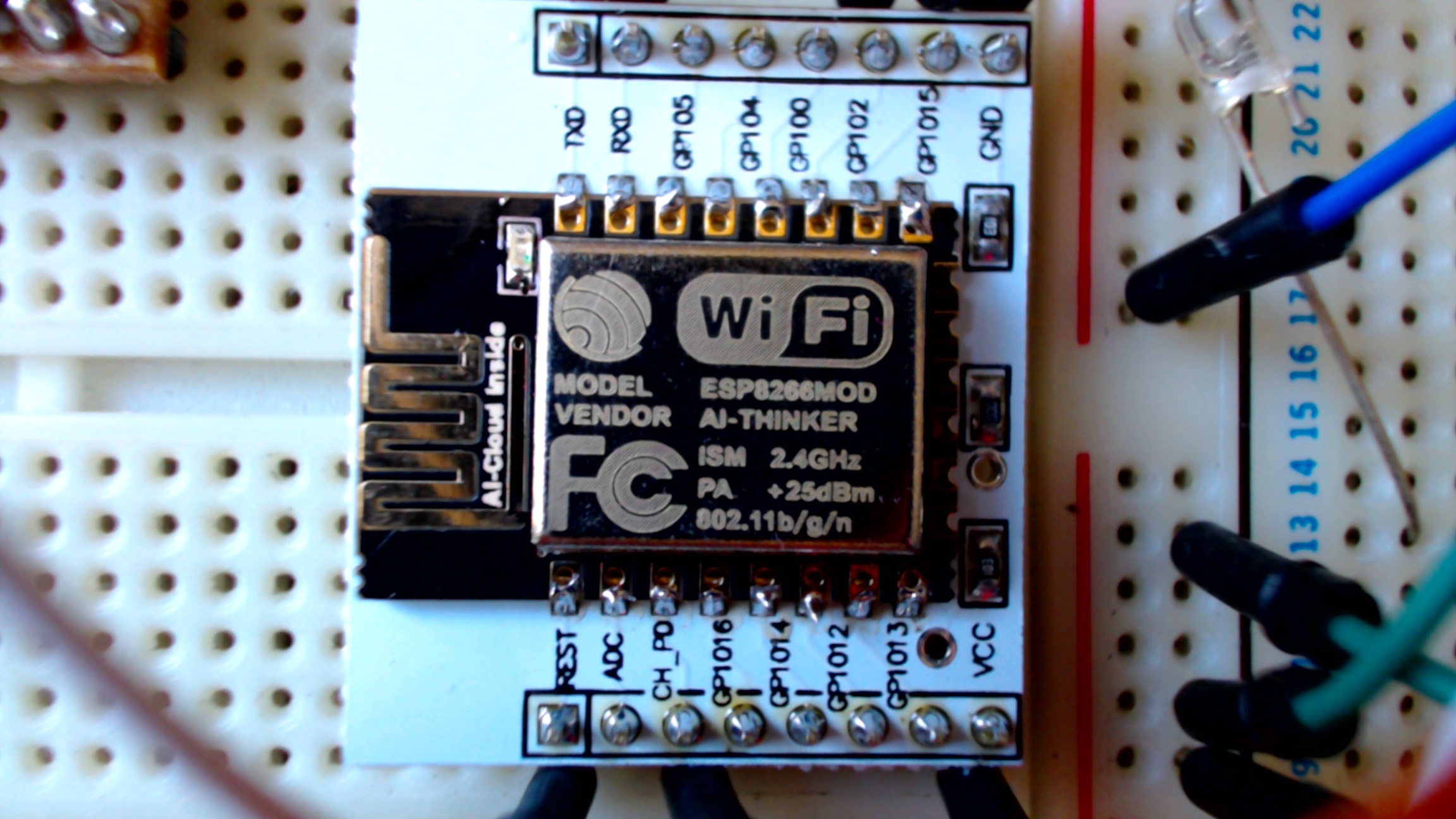
-
Oled display (maybe TFT if too much data to present to screen....actually there will be too much data.hmmm)
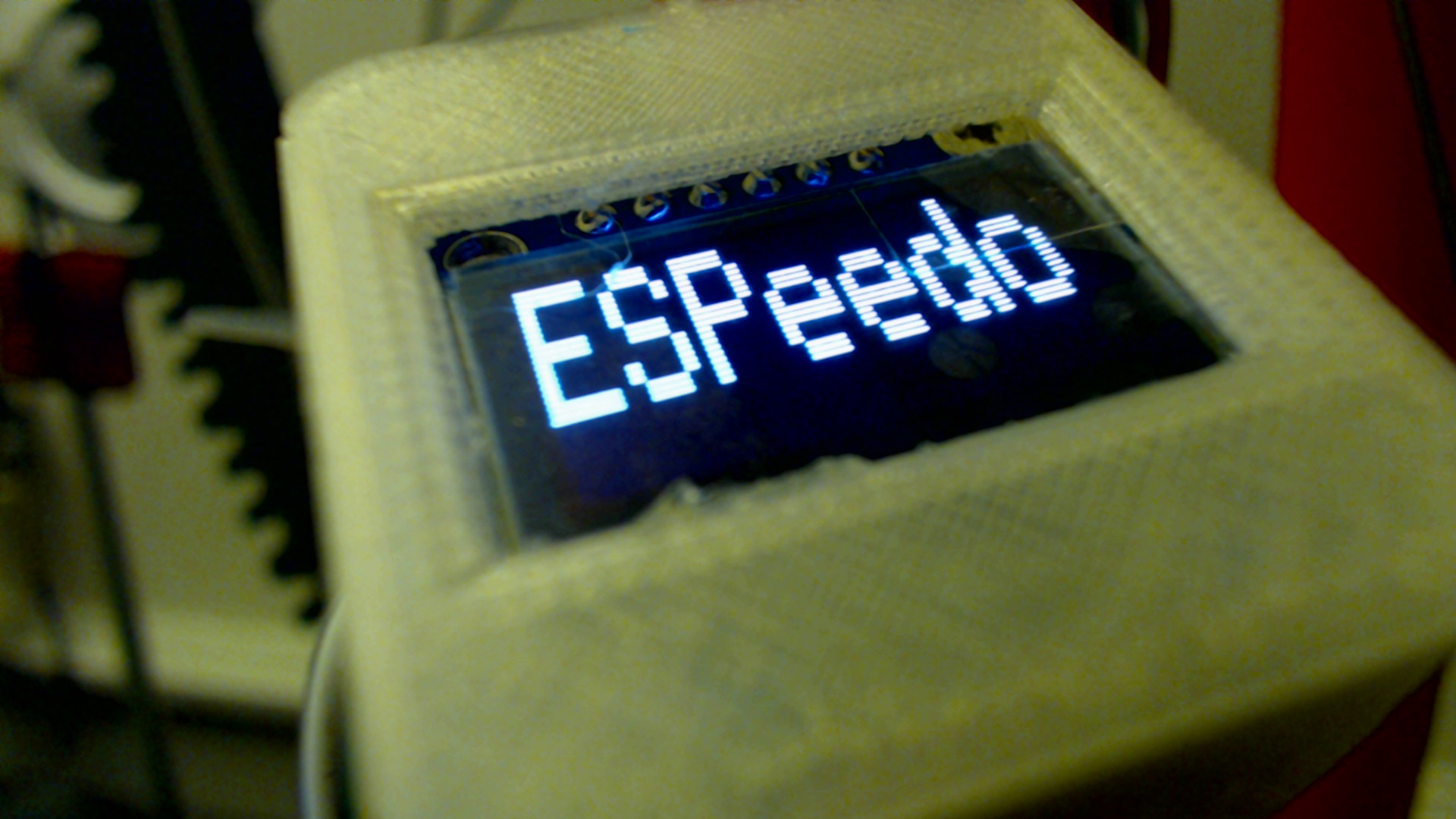
-
Reed Switch (or hall effect SX) plus magnets (at momo Reed SX works)
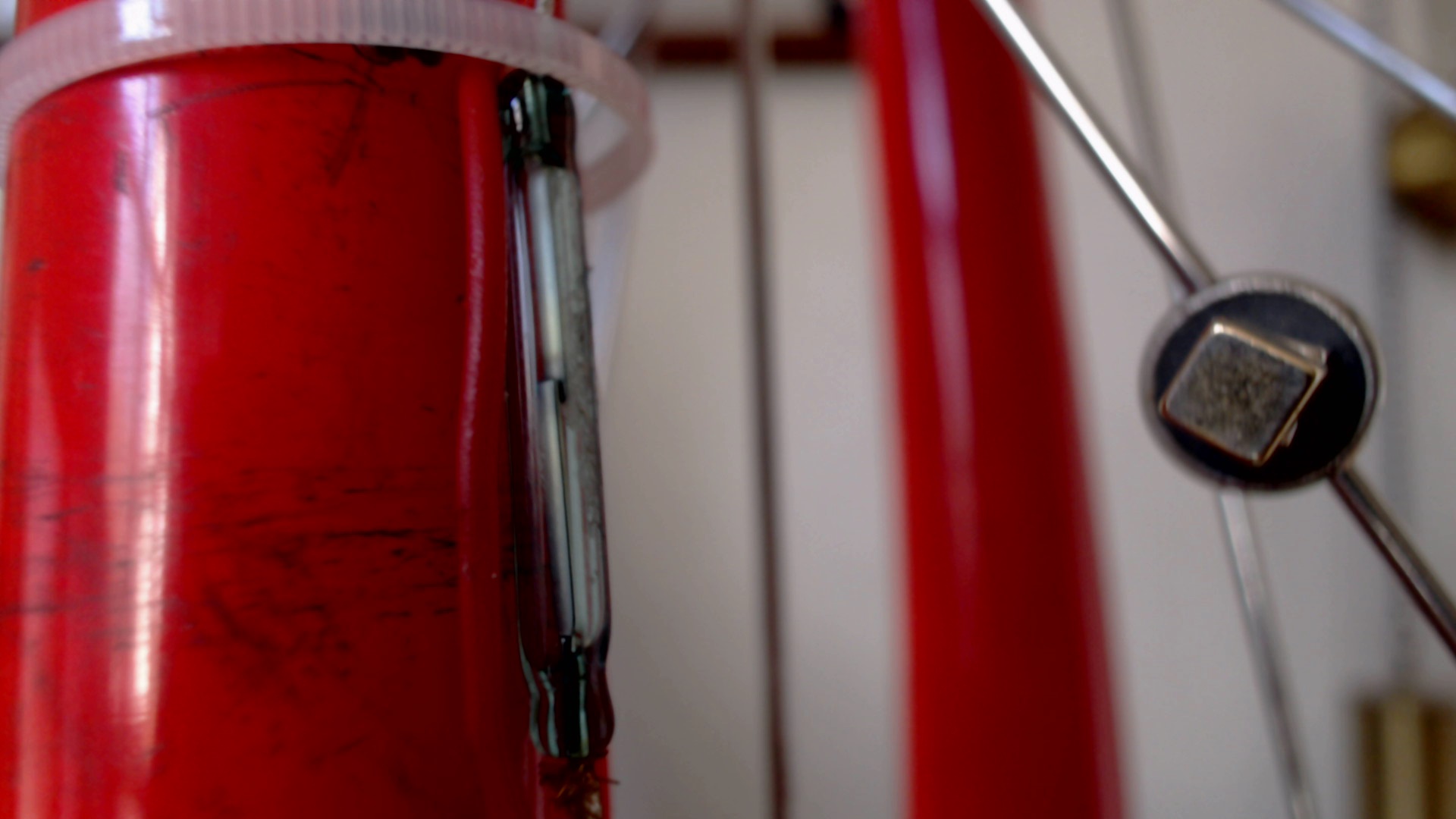
-
4x 350Ω load cells with HX711 Wheatstone bridge amplifier
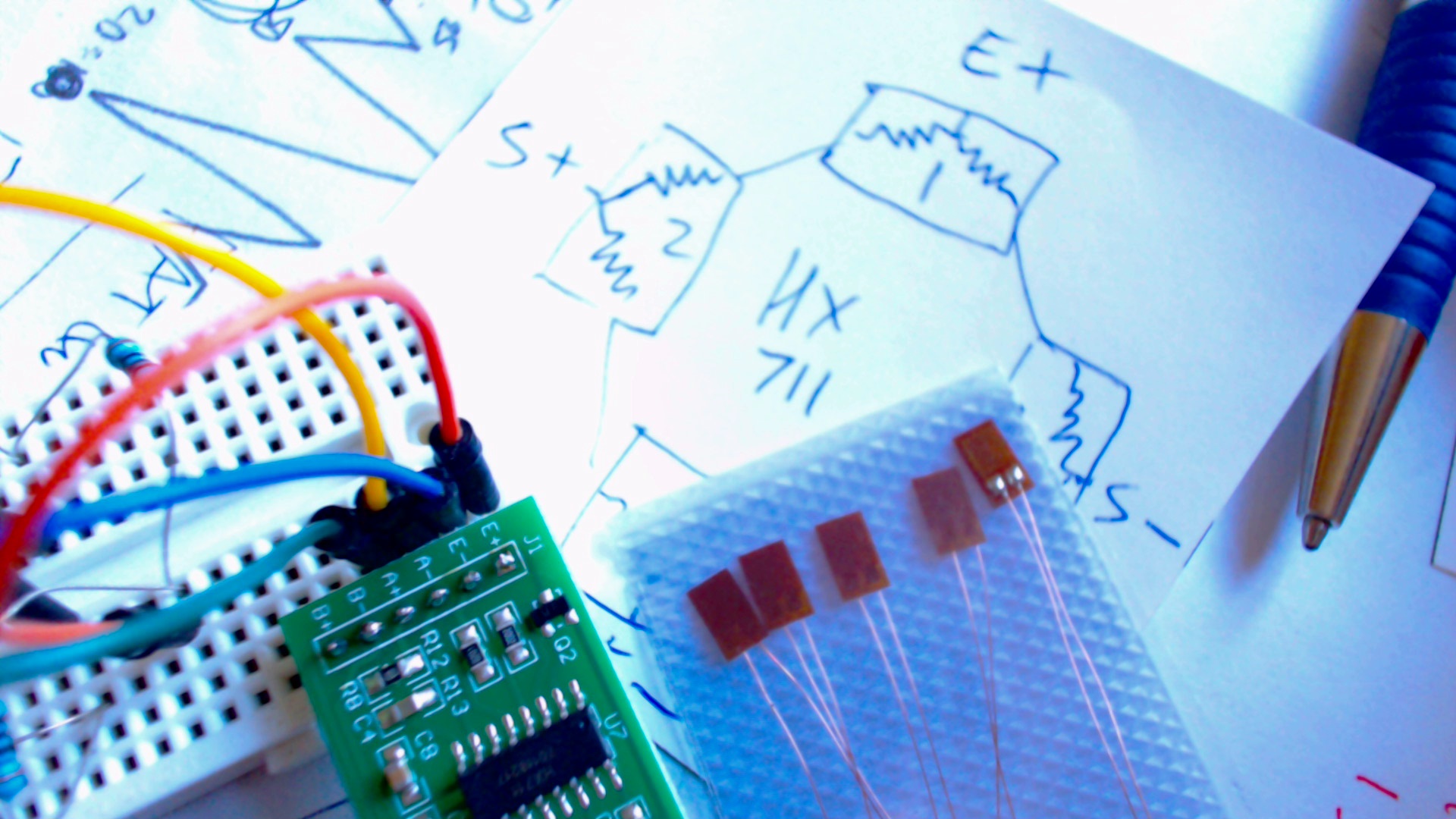
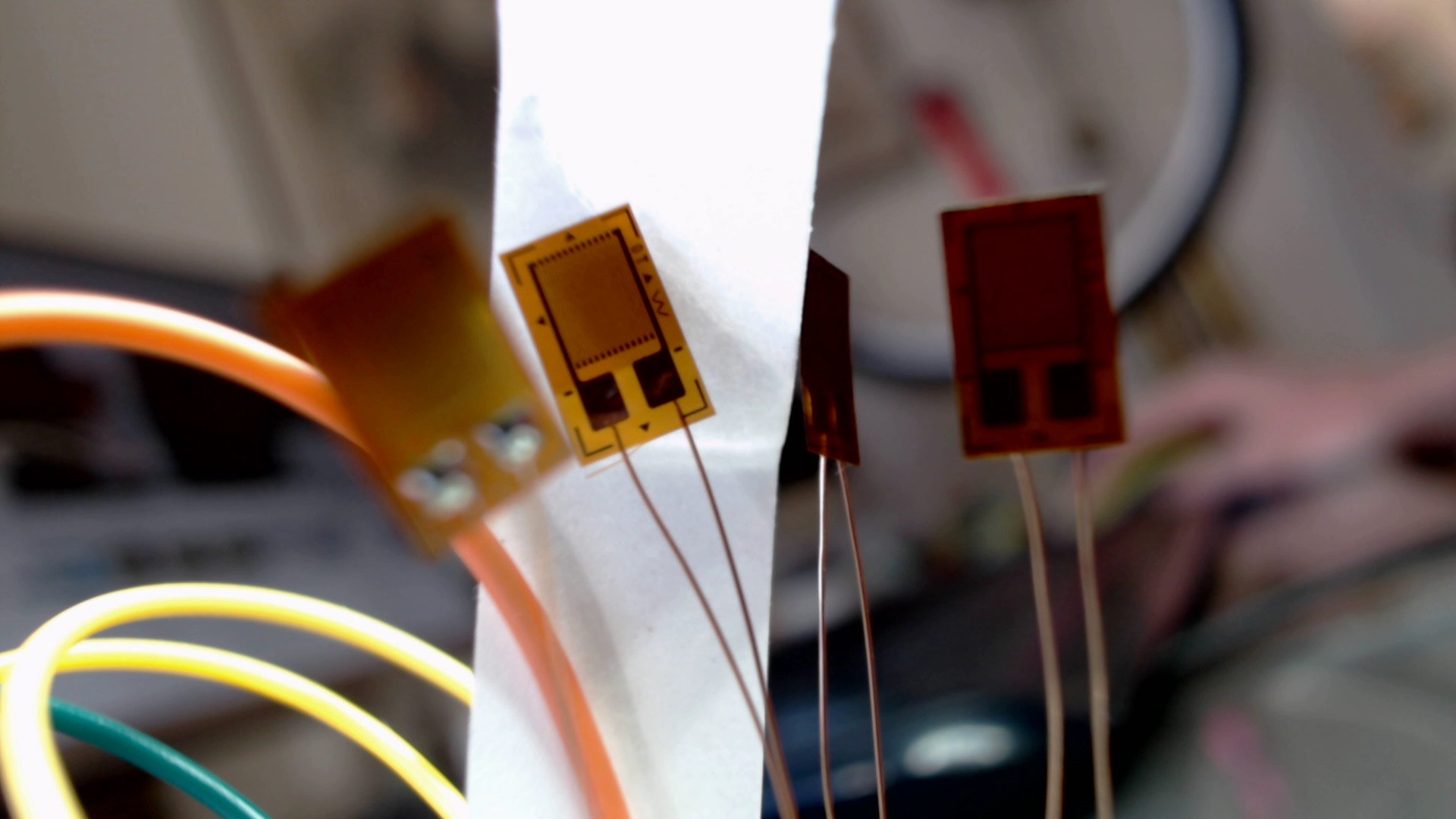 .
. -
3D printed case to house electronics and battery
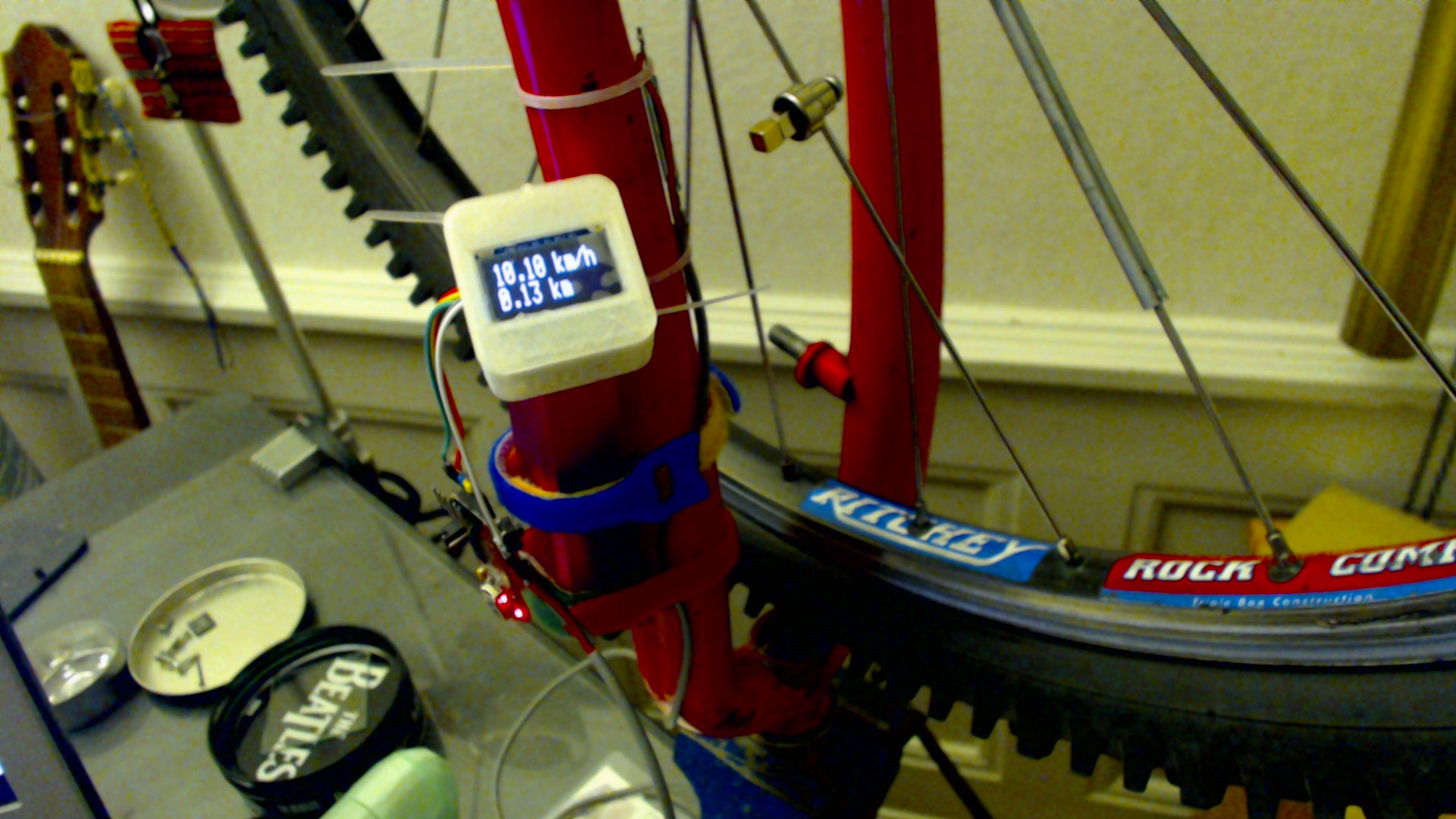
The basic speed & distance calculations was straight forward and work well , however I am currently using change of state polling on the Reed Switch which is not the best, better would be to use interrupts (I have tested some interrupt code and it also works well , however I am not to sure about the implications of marrying interrupts with any form of WiFi Web access yet ie. speed implications).
Next stage is to mount the Load cells onto the crank arm ... which I am holding back on until I find more information on the placement of them.
They will be wired in a Wheatstone Bridge arrangement as below..

The load cells are tiny ( micro sd card give comparison ).
I will be using a complete set of load cells 2 active ie one in flexion config and one in extension config (one on top of crank and one below to get max deflection)
The second 2 load cells in the bridge act as balancing resistors and compensate for temperature changes (and to some extent noise).
The load cells are fed to a HX711 Instrumentation differential (2 channel) amplifier which when polled spits out the data for calculating applied load.
The onboard ADC has a whooping resolution of 24 bits (24 bits to measure a range of ±20mV " Awesomeness)

Current play is head scratching on position of Load cells , and more importantly which of my bikes to deploy it on......(as you can only glue the load cells once)
Update 20160320 :-
Half of a Bridge works..
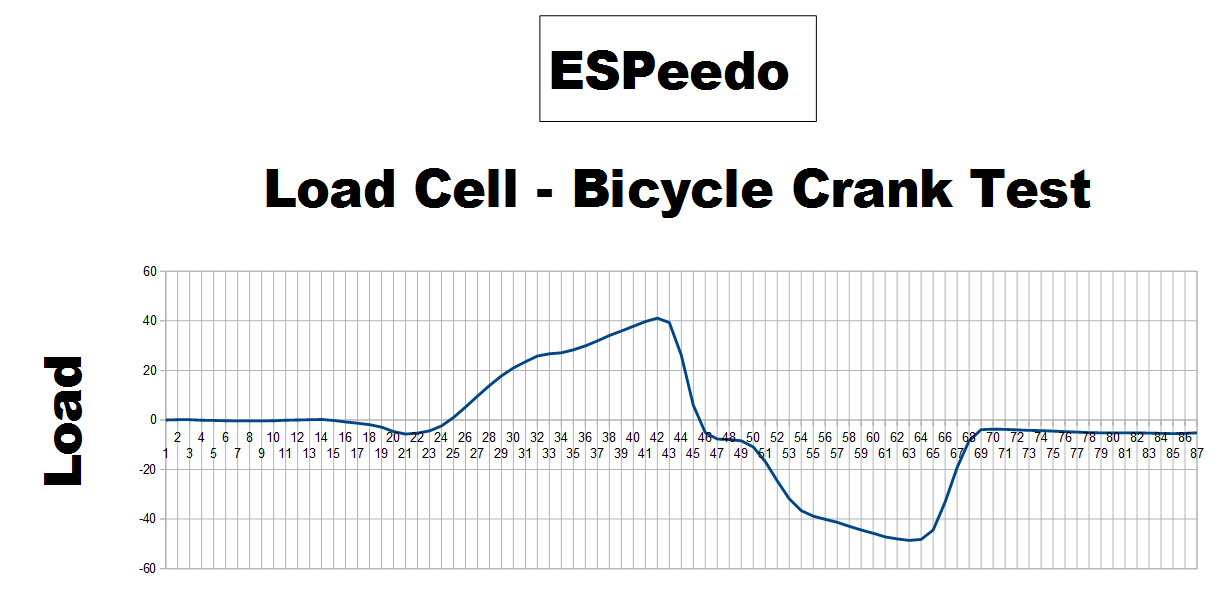
Load cells placed at exact middle upper surface middle of crank (my cranks are 175mm long)


Notice the orientation , the horizontal one is the active cell and the vertical is the temperature balance one (effectively it can be regarded as passive)

Next part is to install the second side of the bridge so that they meet in the middle, this should double the output.
Its a bit of a process to prepare the surfaces to be sure of flat contact and also greaseless for good glue bonding.

Update 20160325 :-
Web server appears to work

Code accepts /torque or /analog /digital parameters to enable extraction of other ESP nice things.
TFT now fronts the Handle bar Gui :-

Here I am Pulsing the pedel with moderate force to check sample speed .....
.... by default most HX711 module boards are set for 10Hz sampling .... (wow really that sucks)...
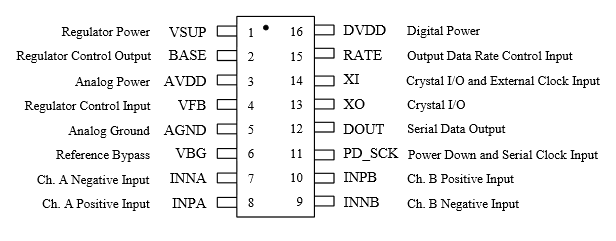
... so with a deft swoosh of the de-soldering Iron to release pin 15 ("RATE") from motherboard :-

...and a wire link from 3.3V to the same pin.....
Result is an increase in sample rate from 10Hz to 80Hz .... thats more like it.

Wow ! really
Wow ! really impressive.
The accuracy of your setup is amazing ! ...
Who knew you were so strong you can bend crank-shafts !
Really a very cool project
Accuracy
You build the same way as the professional scale builders do. So it should be very accurate.
/Mats